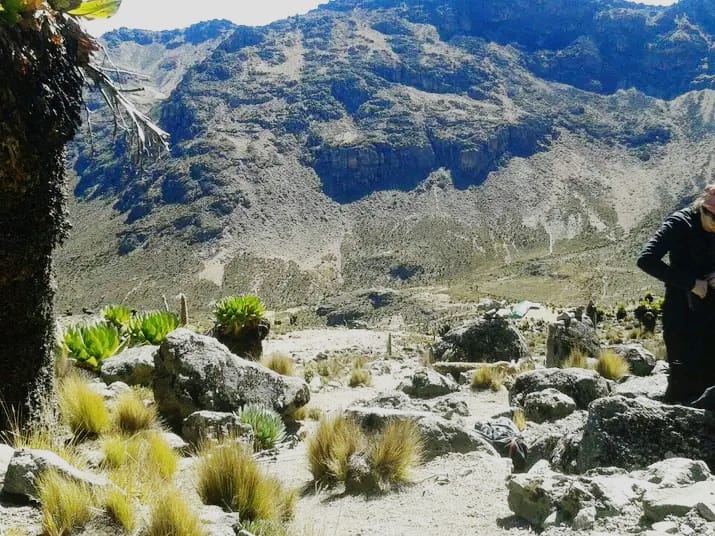
Mount Kenya, Africa’s second-highest peak, is not merely a mountain; it’s a colossal natural wonder, a UNESCO World Heritage Site, and a cornerstone of Kenya’s natural heritage. As you embark on a journey to explore its majestic slopes, prepare to be captivated by its raw beauty, unique ecosystems, and the sheer diversity of life that thrives across its varied altitudes. More than just a trek, a tour of Mount Kenya is an immersion into an extraordinary vertical wilderness, where every ascent reveals new marvels and a profound connection to nature.
Vegetation Zones: A Journey Through Altitude
Mount Kenya’s diverse climate and topography create distinct vegetation zones, each with its own unique flora and fauna. Ascending the mountain is like traversing different worlds, from the warm lowlands to the frigid, snow-capped peaks.
Here’s a breakdown of the primary vegetation zones based on altitude:
1. Lowland Forest (1,200 – 2,000 meters / 3,900 – 6,500 feet)
At the base of the mountain, the lower slopes are covered by dense, humid tropical rainforest. This zone is characterized by:
- Dominant Species: Large, towering trees such as camphor, olive, and croton species. There’s a rich undergrowth of ferns, lianas, and epiphytes (plants that grow on other plants).
- Biodiversity: This zone is teeming with life, including various monkey species (Colobus, Sykes), elephants, buffalo, leopards, and a vast array of birdlife.
- Climate: Warm and humid, with high rainfall supporting the lush growth.
2. Bamboo Zone (2,000 – 2,500 meters / 6,500 – 8,200 feet)
Above the lowland forest, the bamboo zone forms a dense, almost impenetrable belt.
- Dominant Species: Primarily Arundinaria alpina (mountain bamboo), forming thick stands that can reach heights of over 10 meters (30 feet).
- Characteristics: The bamboo creates a shaded, cool, and damp environment. It’s an important habitat for elephants, buffalo, and a unique array of bird species.
- Trekking: Trails through the bamboo zone can be narrow, slippery, and challenging due to the dense growth.
3. Hagenia-Hypericum Zone (2,500 – 3,000 meters / 8,200 – 9,800 feet)
Transitioning from the dense bamboo, this zone features a mix of bamboo and taller, more open woodlands.
- Dominant Species: Characterized by Hagenia abyssinica (African cherry) and Hypericum revolutum (St. John’s Wort) trees. The trees here are often draped in mosses and lichens, giving the forest a mystical appearance.
- Undergrowth: As altitude increases, the undergrowth becomes less dense.
- Wildlife: Still home to forest animals, but the density decreases compared to lower zones.
4. Heathland and Moorland Zone (3,000 – 3,500 meters / 9,800 – 11,500 feet)
This zone marks a significant change, as trees become scarcer and are replaced by shrubby vegetation.
- Dominant Species: Erica (heather) and Protea species dominate, forming dense, low-lying thickets. Grasses and sedges also become more prevalent.
- Characteristics: Open, windswept landscapes, often misty. The air becomes noticeably cooler and thinner.
- Wildlife: Smaller mammals like eland and duiker, along with various rodent species and raptors, can be found here.
5. Afro-Alpine Zone (3,500 – 4,500 meters / 11,500 – 14,800 feet)
This is the most unique and iconic vegetation zone of Mount Kenya, characterized by its giant senecios and lobelias.
- Dominant Species:
- Giant Senecios (Dendrosenecio keniensis and Dendrosenecio johnstonii): These bizarre, cabbage-like plants can grow several meters tall, with thick, insulated stems and rosettes of leaves that close at night to protect from frost.
- Giant Lobelias (Lobelia keniensis and Lobelia telekii): These striking plants have tall flower spikes and rosette leaves that trap water to insulate against cold.
- Other Plants: Alpine grasses, mosses, and lichens adapted to the harsh conditions.
- Climate: Marked by dramatic daily temperature fluctuations, with daytime temperatures rising above freezing and nighttime temperatures dropping well below freezing. High UV radiation.
- Adaptations: Plants here have remarkable adaptations to survive the extreme cold and intense sun, such as waxy leaves, hairy surfaces, and the ability to store water.
6. Nival Zone (Above 4,500 meters / 14,800 feet)
This is the highest zone, predominantly rock, ice, and permanent snow.
- Vegetation: Very sparse, limited to hardy lichens and mosses clinging to rocks in sheltered crevices.
- Climate: Extremely cold, with strong winds and little to no liquid water.
- Features: This zone encompasses the mountain’s glaciers and the permanent snowfields, offering a stark and dramatic landscape leading to the twin peaks of Batian and Nelion.
Exploring Mount Kenya is not just about reaching the summit; it’s about witnessing this incredible ecological progression, understanding the resilience of life at extreme altitudes, and appreciating the raw, untamed beauty of this African icon.

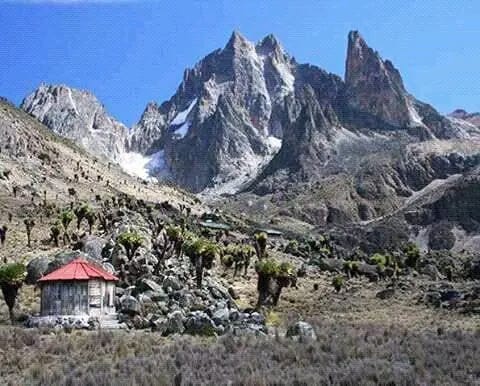

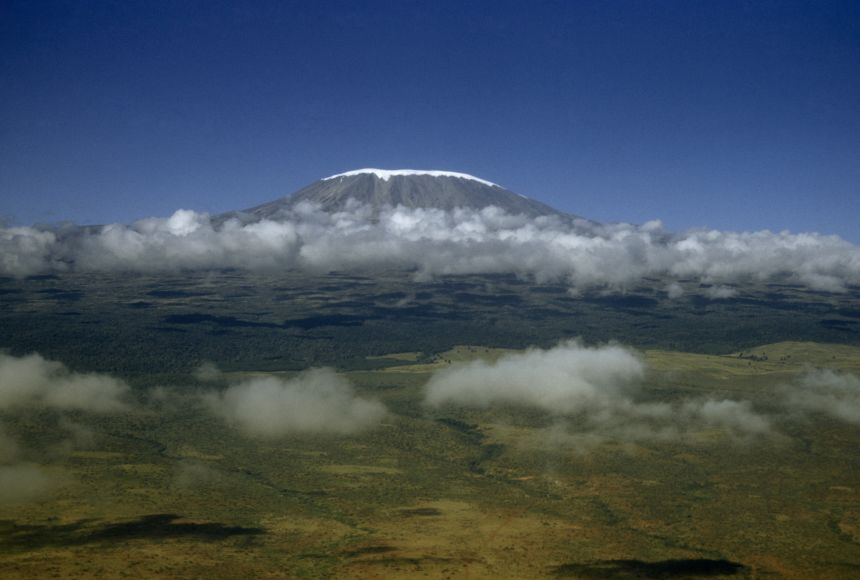

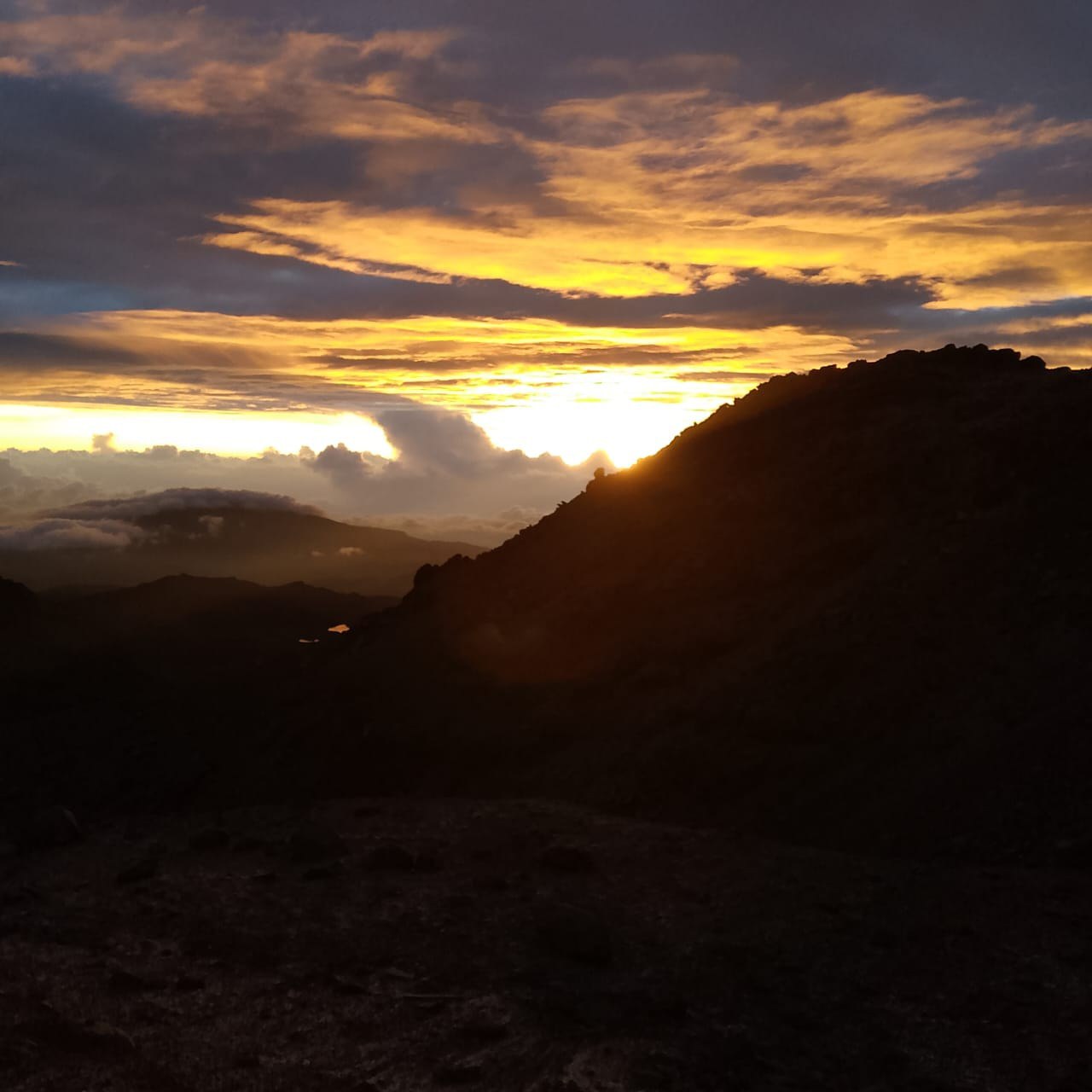
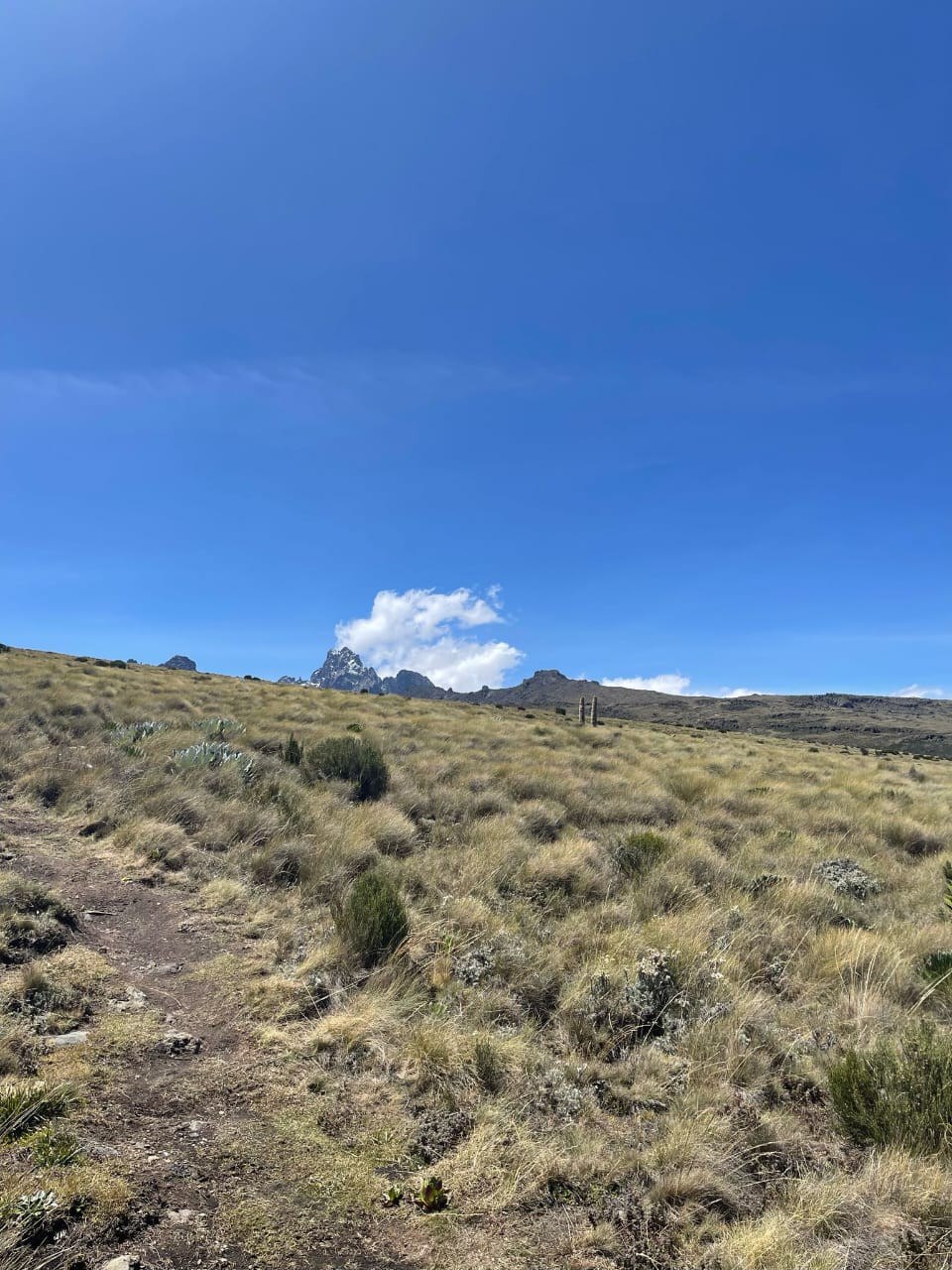


Comment 01
vorbelutr ioperbir,
11 November, 2024Thank you for the auspicious writeup. It in fact was a entertainment account it. Glance advanced to more added agreeable from you! However, how can we be in contact?